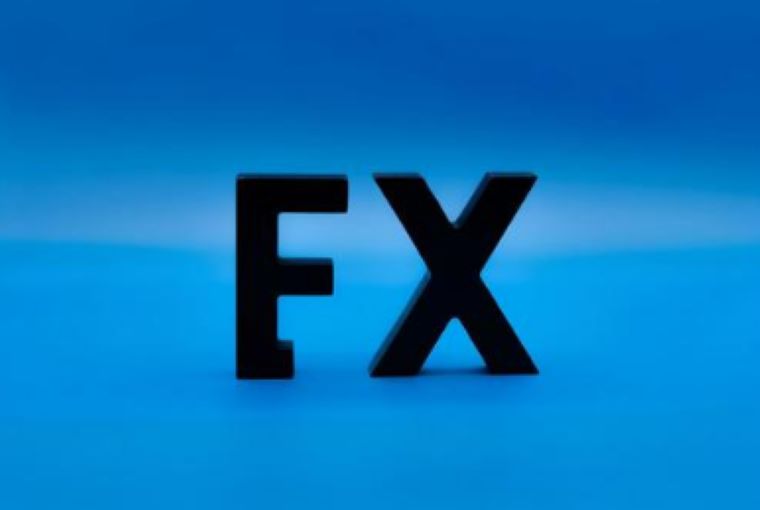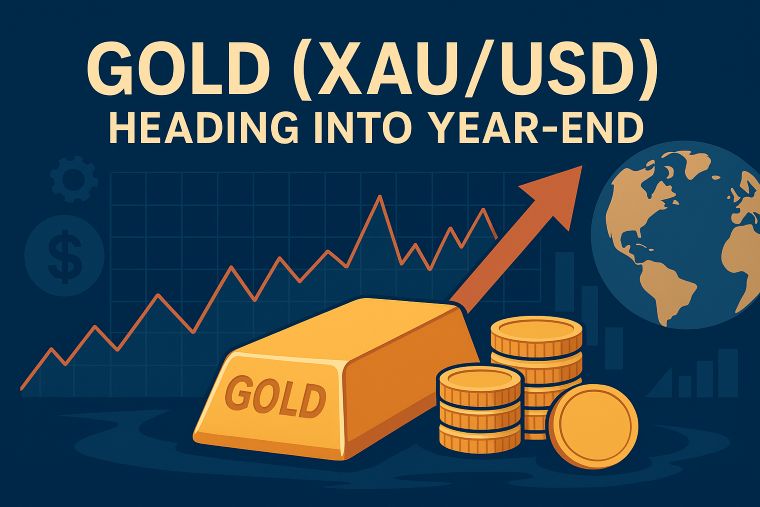4 min to read
The USD/JPY exhibited stability within the 150-yen range
during today's trading session in the New York foreign exchange market.

“The USD/JPY exhibited stability within the 150-yen range during today’s trading session in the New York foreign exchange market”
Simultaneously, the preliminary GDP data for the third quarter was unveiled, showcasing an impressive growth of 4.9%. This remarkable expansion was primarily underpinned by robust personal consumption figures, surpassing earlier forecasts and marking the most rapid growth seen since 2021.
However, it is noteworthy that despite the strong economic data, U.S. bond yields faced a decline, which translated into a bearish sentiment in the foreign exchange market. Analysts and experts anticipate a potential economic slowdown in the fourth quarter as rising borrowing costs may curtail high-end purchases and with the resumption of student loan repayments. Surprisingly, these favorable GDP figures didn’t substantially alter market expectations concerning the upcoming Federal Open Market Committee (FOMC) meeting next week. Market dynamics continue to suggest that FOMC will likely maintain the current interest rate levels, with short-term financial markets largely pricing in this anticipated outcome. It appears that the currency market had, in essence, factored in this strong economic data, as reflected in a relatively subdued reaction, with the USD/JPY experiencing challenges in sustaining its position within the lower 150-yen range immediately following the GDP announcement.
Nonetheless, the market remains vigilant and cautious in the lead-up to the Bank of Japan (BoJ) decision meeting scheduled for next week. While there is a widespread expectation of an upward revision in inflation forecasts in the BoJ’s outlook report, there are also speculative considerations regarding potential adjustments to the Yield Curve Control (YCC) framework to align with these modifications. Nevertheless, it’s important to note that the BoJ had made policy adjustments as recently as July, leading to some skepticism about the likelihood of further policy revisions at this juncture. Should the BoJ choose to uphold its current policy stance and with the USD leveraging robust U.S. economic indicators to maintain its upward trajectory, there exists a plausible scenario where the USD/JPY may test the 152-yen threshold.
Regarding the EUR/USD, it temporarily dipped below the 1.05-dollar level but subsequently rebounded to reach approximately 1.0560 dollars. It is worth emphasizing that the 21-day moving average, positioned near 1.0560 dollars, appears to be imposing significant resistance.
In the European Central Bank (ECB) council meeting that convened today, the decision to maintain the deposit facility interest rate at 4.00%, as anticipated, was a focal point. The ECB reiterated its commitment to actively contribute to achieving the 2% inflation target by sustaining current interest rate levels for an extended period. Notably, there were hints indicating the potential conclusion of the series of ten consecutive rate hikes initiated back in July 2022. However, the ECB clarified that its decision to retain current interest rates does not equate to an outright refusal to consider future rate hikes. Despite this, the market sentiment is inclined to interpret it as the conclusion of the recent rate-hiking cycle.
Market attention was originally directed toward the possibility of an early reduction in assets purchased under the Pandemic Emergency Purchase Program (PEPP). Nevertheless, discussions on this topic did not transpire. Instead, the ECB reaffirmed its intention to cease reinvestments by the end of 2024. Consequently, Italian bonds, beneficiaries of this reinvestment program, experienced an upswing, leading to a decrease in yield spreads compared to German bonds to less than 2.00 percentage points. The notion of rate cuts remains untimely at this stage.
As for the GBP/USD currency pair, it exhibited resilience during the New York trading hours, rebounding to the 1.21-dollar range. At one point, it had dipped below the 1.20-dollar level, even approaching the 21-day moving average. The upcoming week is set to host the Bank of England’s Monetary Policy Committee (MPC) meeting, with a widespread expectation that interest rates will remain unaltered. Although short-term financial markets assign a roughly 30% probability of additional rate hikes, the UK’s high inflation rates are demonstrating gradual moderation, coupled with similar trends in the labor market. This backdrop leads the market to infer that further rate hikes are largely unwarranted, with the Bank of England anticipated to adopt a more cautious approach going forward. It’s also notable that Deputy Governor Cunliffe has indicated his intention to resign before the next MPC meeting.
Conversely, the Bank of England is perceived to maintain interest rates at their existing levels over the long term, pending the emergence of compelling evidence necessitating multiple rate cuts. However, it’s essential to recognize that once rate cuts are initiated, they might potentially be more substantial than presently anticipated. Presently, the market foresees a cumulative 0.85 percentage points in rate cuts, but some analysts argue that this estimation underestimates the extent of rate reductions expected over the next two years. Current economic indicators for the UK are signaling an impending economic downturn.
Visit XM Official Website.

